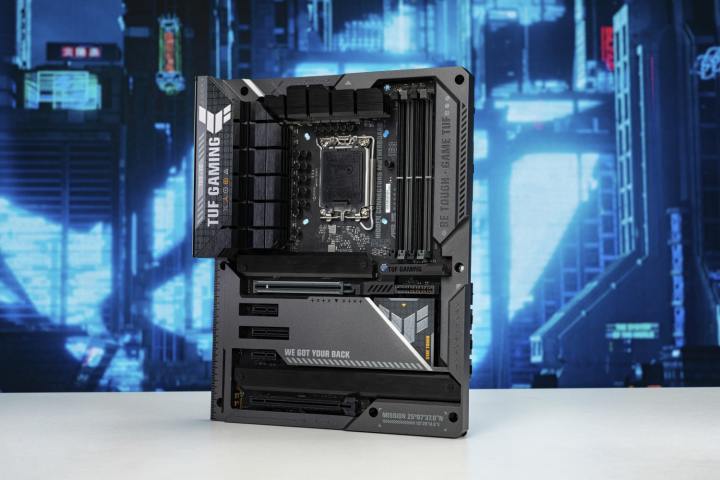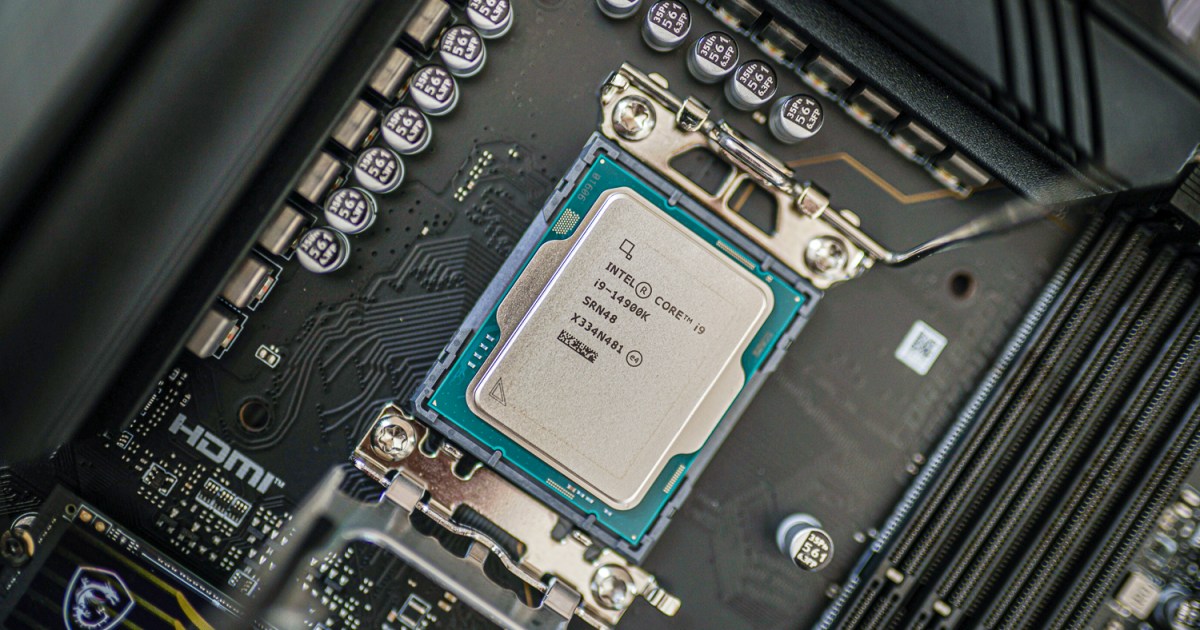Recent online discussions have heated up following a statement from Intel regarding instability issues faced by high-end Intel CPUs. Intel clarified its position in statements to both Tom’s Hardware and AnandTech, stating that they are not intending to blame their partners and are actively working on resolving the issues. BIOS adjustments are being explored as a potential fix, but investigations are still ongoing. Here is the statement in full:
“The recently publicized communications between Intel and its motherboard partners regarding motherboard settings and Intel Core 13th & 14th Gen K-SKU processors is intended to provide guidance on Intel recommended default settings. We are continuing to investigate with our partners the recent user reports of instability in certain workloads on these processors.
This BIOS default settings guidance is meant to improve stability for currently installed processors while Intel continues investigating root cause, not ascribe blame to Intel’s partners. Intel continues to work with its partners to develop appropriate mitigations going forward.”
The mentioned settings include Current Excursion Protection (CEP), Enhanced Thermal Velocity Boost (eTVB), Thermal Velocity Boost (TVB), TVB Voltage Optimizations, ICCMAX Unlimited Bit, TjMAX Offset, C-states, ICCMAX, ICCMAX_App, and Power Limits.
For settings that vary, Intel refers to its datasheets for 13th-gen and 14th-gen CPUs. The ongoing instability issues have led to tensions, with solutions provided by motherboard brands like Asus and Gigabyte that may impact performance. A comprehensive resolution is expected from Intel in May.
Discussions have emerged about the definition of “default” settings for Intel processors and the role of motherboard vendors in optimizing performance. While adjustments for stability are common, there is a need for alignment between Intel and its partners on default specifications.
Further clarity is needed on Intel’s testing configurations to address performance variations in different motherboard setups. The issue highlights the importance of establishing a consistent standard for default settings across high-end CPUs.
As the situation unfolds, it’s clear that collaboration between Intel and motherboard vendors is crucial to address the instability challenges effectively.

As discussions continue, it is essential for Intel and its partners to align on default settings to ensure optimal performance and stability for high-end CPUs.
Editors’ Recommendations


